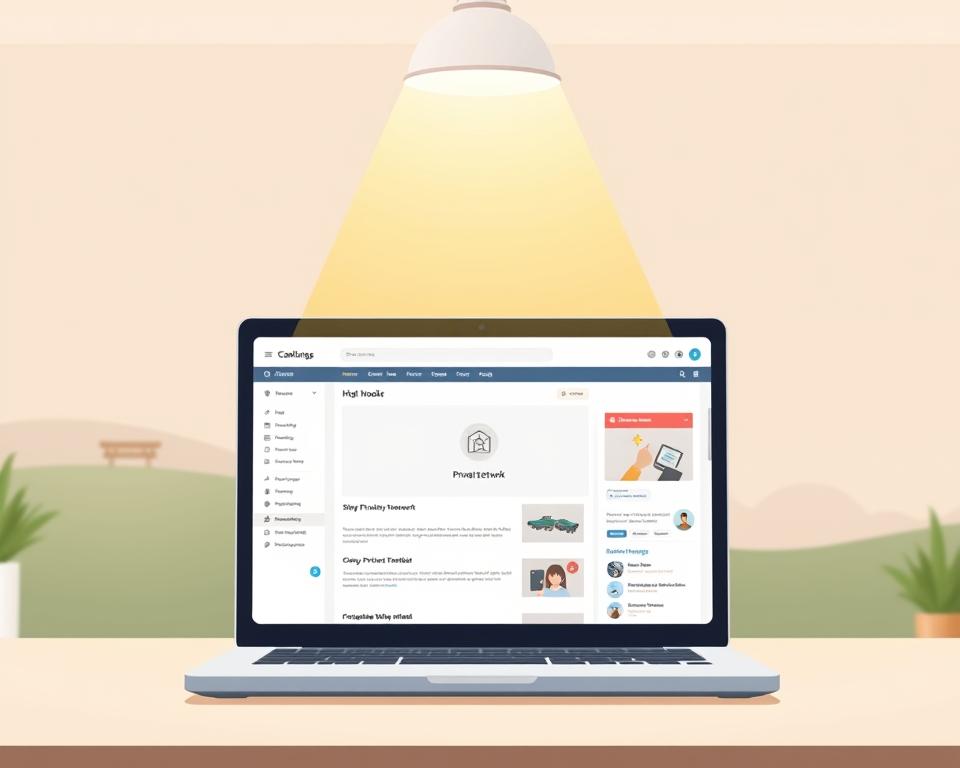Private Blog Network Link Fundamentals
Did you realize almost 60% of SEO experts have employed PBN links? What makes a PBN so alluring is its ability to amplify a site’s authority. That often translates into higher SERP positions. But, what does PBN in SEO really entail? It might seem like a quick way to climb the ranks, yet using PBN SEO services poses significant risks. You risk incurring serious sanctions from Google. We’ll unpack what guest post guidelines are and why so many SEOs can’t resist them.
What is a Private Blog Network (PBN)?
A private blog network, or PBN, is a group of websites built to create pbn backlinks for a main site. Its goal is to boost rankings by channeling link authority from the network to your main site. Often these networks rely on expired domains that still hold some mojo, crafting a veneer of legitimacy.
What drives a PBN is simple. Site owners use them to improve their online presence. They do this by:
- Getting valuable backlinks to enhance rankings.
- Dictating anchor text and placement for optimal relevance.
- Fostering a web of sites that exchange links in a natural-looking manner.

Mechanics of PBN Backlinks
PBN links work by creating private blog network backlinks that mimic natural links. By funneling link juice from a PBN site, you trick search engines into boosting your site’s authority.
It centers on selecting keyword-rich anchor text across a controlled array of blogs. While this method can quickly improve rankings, it poses significant risks.
Backlinks should be cloaked within credible, value-driven articles to avoid detection.
The Advantages of Using Private Blog Networks
A private blog network (PBN) offers numerous advantages for SEOs looking to enhance their backlink profiles. PBNs let you dictate exactly how, where, and when your links appear.
Leveraging aged domains with residual trust is a PBN hallmark.
They empower you to weave keyword-optimized anchors across your network.
PBN Pitfalls
Yet, these tactics are fraught with peril. A major concern is the risk of Google penalizing websites that use these networks.
Why PBNs Still Tempt SEOs
In the competitive world of SEO, professionals often face challenges with traditional link-building strategies. PBNs offer a unique advantage: a sense of control over backlink strategies.
How to Run a PBN Safely
Effective pbn management demands careful attention and adherence to best practices. Ensure no footprints link your PBN to your main site.
Identifying PBN Links on Your Website
Spotting PBN links on your site is key to keeping your domain reputation healthy.
| Indicators of PBN Links | Description |
|---|---|
| Low-Quality Domains | Links from domains with poor authority or less than optimal rankings. |
| Irrelevant Content | Links embedded in content that does not match your site’s niche. |
| Suspicious Anchor Text | Repetitive or irrelevant anchor text patterns. |
| Thematic Similarity | Lack of a coherent theme among linking pages and domains. |
Using Google’s Disavow Tool
- Identify harmful PBN backlinks through thorough analysis.
- Create a disavow file correctly, listing specific URLs or domains to disavow.
- Upload the disavow file to Google Search Console.
Ethical Link Building Alternatives
Exploring ethical link building strategies offers valuable alternatives to utilizing Private Blog Networks (PBNs). Guest blogging is a prominent option.
Myths Surrounding Private Blog Networks
Yet, misconceptions abound around this tactic.
Future of Private Blog Networks in SEO
| Factor | PBNs | Future SEO Practices |
|---|---|---|
| Content Quality | Low emphasis on genuine content | High emphasis on high-quality, valuable content |
| Risk Factor | High risk of penalties | Lower risk with authentic practices |
| User Engagement | Limited engagement | Enhanced user interaction and loyalty |
| Sustainability | Unsustainable in the long term | Focus on sustainable growth |
The Bottom Line
They promise rapid SEO wins.